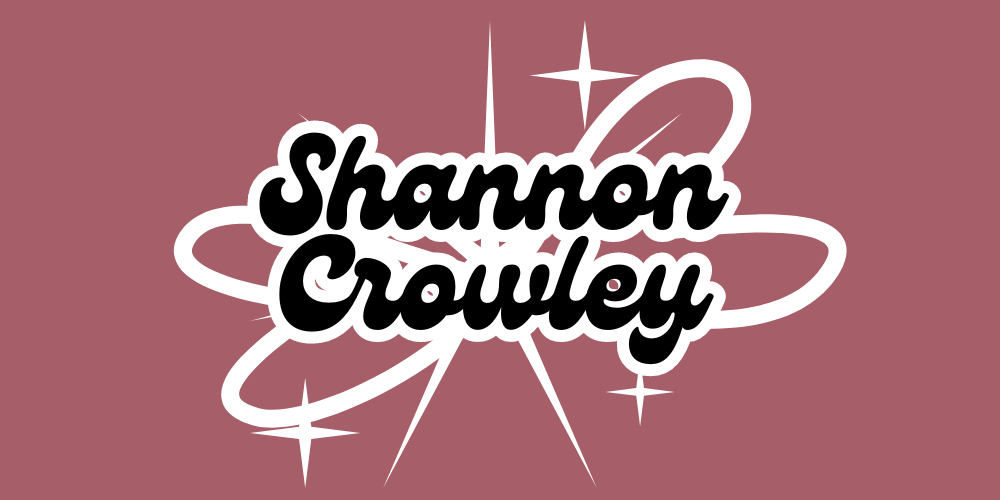React is one of the most popular JavaScript libraries for building user interfaces, especially for single-page applications. It’s maintained by Facebook and a vast community of developers, making it a reliable and robust tool for building web apps. In this guide, we’ll cover the basics to help you get started with React.
What is React?
React is a JavaScript library that allows developers to create reusable UI components. It’s known for its efficiency, using a virtual DOM (Document Object Model) to update only the parts of a page that need changing, which leads to faster performance.
Why React?
- Component-Based Architecture: React allows you to build encapsulated components that manage their state and compose complex UIs.
- Fast Performance: The virtual DOM optimizes updates, making your app more efficient.
- Strong Ecosystem: React’s ecosystem includes a wide range of tools, libraries, and community support to extend its capabilities.
Prerequisites
Before diving into React, it’s helpful to have a good understanding of the following:
• HTML, CSS, and JavaScript basics
• ES6+ features such as arrow functions, destructuring, and modules
Setting Up Your React Environment
To begin with React, you’ll need to set up an environment where you can write and run your React code.
1. Install Node.js and npm
React uses Node.js to run a development server and npm (Node Package Manager) to manage dependencies. You can download Node.js from here. Installing Node.js also installs npm automatically.
Verify the installation with the following commands:
node -v
npm -v2. Create a New React App
The easiest way to create a new React app is by using create-react-app, a command-line tool that sets up everything for you.
Open your terminal and run:
npx create-react-app my-first-react-app
This command creates a new directory called my-first-react-app and installs all the dependencies needed for a React project.
3. Running the App
After the installation is complete, navigate to your project folder and start the development server:
cd my-first-react-app
npm startYour app will be running on http://localhost:3000, and you’ll see the default React welcome page.
Exploring the React Project Structure
Let’s briefly go over the files that create-react-app generates:
- public/ – Contains static files like the HTML file and images.
- src/ – This is where the magic happens. Your React components and application logic live here.
- App.js – This is the root component of your React app. You’ll modify and add components in this file or import components into it.
- index.js – This is the entry point where React renders your app into the DOM.
Writing Your First Component
In React, everything is a component. Let’s create a simple functional component:
function Welcome() {
return <h1>Hello, React!</h1>;
}
export default Welcome;
You can now use this component in your App.js:
import Welcome from './Welcome';
function App() {
return (
<div className="App">
<Welcome />
</div>
);
}
export default App;Save the file, and your browser will automatically update to show the “Hello, React!” message.
Conclusion
React makes it easy to build scalable, dynamic web applications with reusable components. This post has just scratched the surface, but with this setup, you’re now ready to dive deeper into React and build more complex applications.
Stay tuned for more React tutorials where we’ll cover state management, props, and React hooks!
